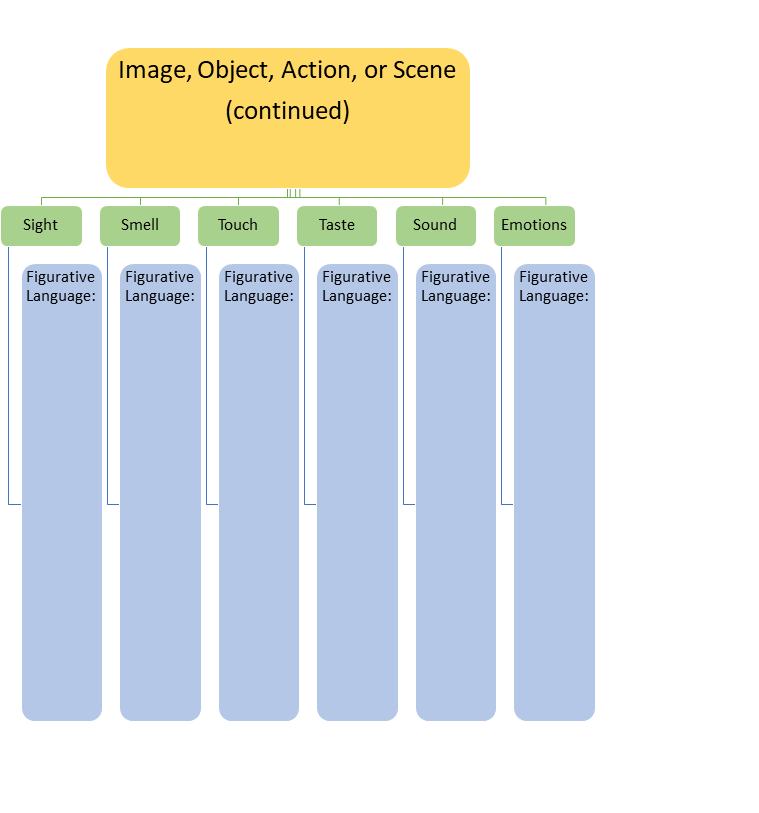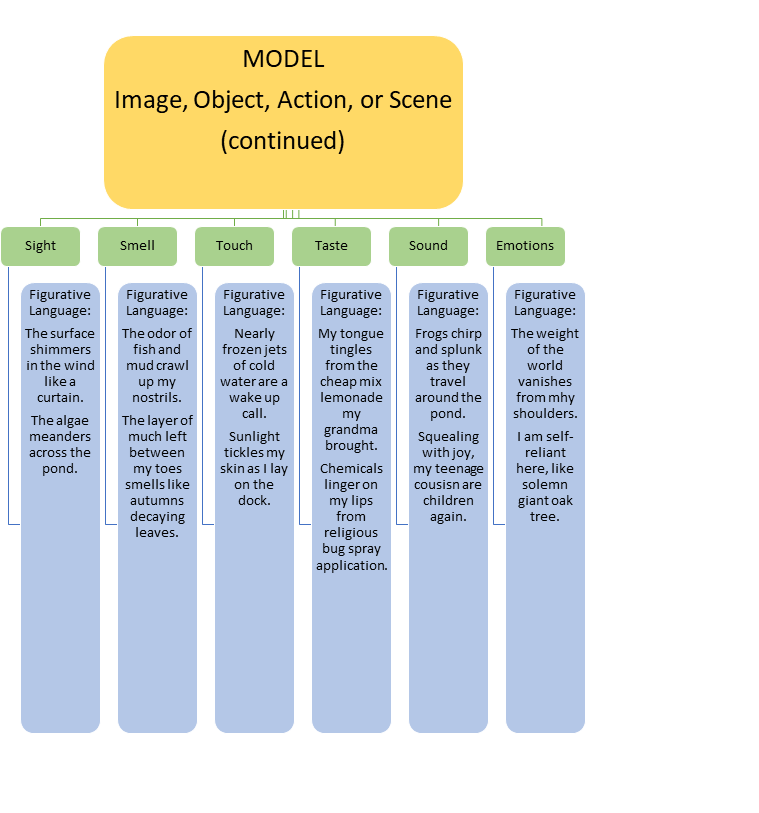18.6: Image Builder
- Page ID
- 50447
\( \newcommand{\vecs}[1]{\overset { \scriptstyle \rightharpoonup} {\mathbf{#1}} } \) \( \newcommand{\vecd}[1]{\overset{-\!-\!\rightharpoonup}{\vphantom{a}\smash {#1}}} \)\(\newcommand{\id}{\mathrm{id}}\) \( \newcommand{\Span}{\mathrm{span}}\) \( \newcommand{\kernel}{\mathrm{null}\,}\) \( \newcommand{\range}{\mathrm{range}\,}\) \( \newcommand{\RealPart}{\mathrm{Re}}\) \( \newcommand{\ImaginaryPart}{\mathrm{Im}}\) \( \newcommand{\Argument}{\mathrm{Arg}}\) \( \newcommand{\norm}[1]{\| #1 \|}\) \( \newcommand{\inner}[2]{\langle #1, #2 \rangle}\) \( \newcommand{\Span}{\mathrm{span}}\) \(\newcommand{\id}{\mathrm{id}}\) \( \newcommand{\Span}{\mathrm{span}}\) \( \newcommand{\kernel}{\mathrm{null}\,}\) \( \newcommand{\range}{\mathrm{range}\,}\) \( \newcommand{\RealPart}{\mathrm{Re}}\) \( \newcommand{\ImaginaryPart}{\mathrm{Im}}\) \( \newcommand{\Argument}{\mathrm{Arg}}\) \( \newcommand{\norm}[1]{\| #1 \|}\) \( \newcommand{\inner}[2]{\langle #1, #2 \rangle}\) \( \newcommand{\Span}{\mathrm{span}}\)\(\newcommand{\AA}{\unicode[.8,0]{x212B}}\)
This exercise encourages you to experiment with thick description by focusing on one element of your writing in expansive detail. Read the directions below, then use the graphic organizer on the following two pages or write your responses as an outline on a separate piece of paper.




Identify one image, object, action, or scene that:
-
- Identify one image, object action or scene that you want to expand in your story. Name this element in the big, yellow bubble.
- Develop at least three describing words for your element, considering each sense independently, as well as emotional associations. Focus on particularities. (Adjectives will come most easily, but remember that you can use any part of speech.)
- Then, on the next page, create at least two descriptions using figurative language (metaphor, simile, personification, onomatopoeia, hyperbole, etc.) for your element, considering each sense independently, as well as emotional associations. Focus on particularities.
- Finally, reflect on the different ideas you came up with.
- Which descriptions surprised you? Which descriptions are accurate but unanticipated?
- Where might you weave these descriptions in to your current project?
- How will you balance description with other rhetorical modes, like narration, argumentation, or analysis?
- Repeat this exercise as desired or as instructed, choosing a different focus element to begin with.
- Choose your favorite descriptors and incorporate them into your writing.
If you’re struggling to get started, check out the example on the pages following the blank organizer.


